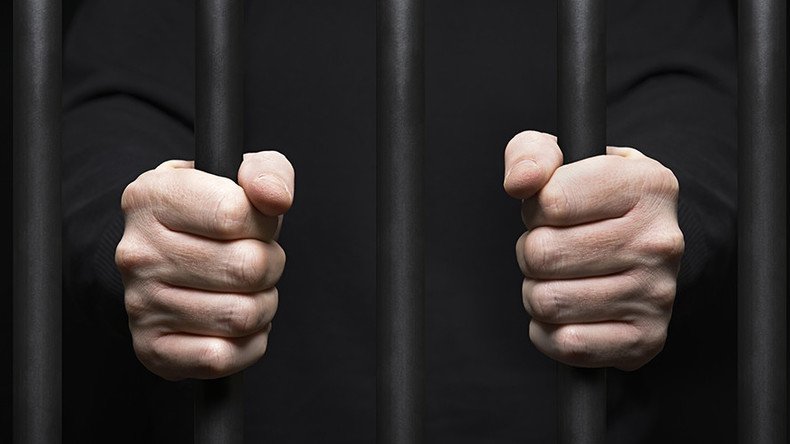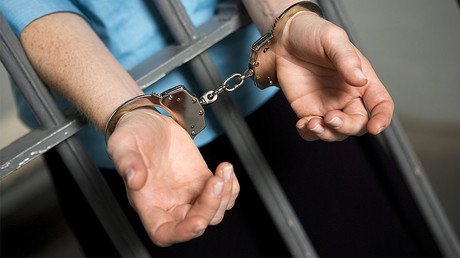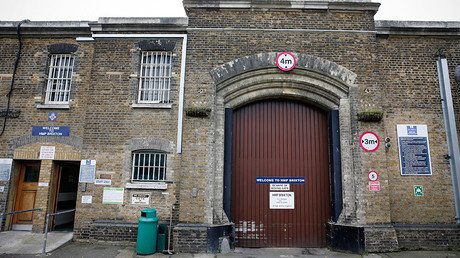Prison ‘squalor’ has become ‘national emergency,’ say government inspectors

“Squalid” conditions in British prison cells constitute a “national emergency,” according to HM Inspectorate of Prisons (HMIP). The damning verdict comes as the UK’s incarceration rate tops those of all other Western European countries.
In one shocking case, HMIP found that inmates were exposed to the elements at an institution for young offenders aged 18-25 called HMP/YOI Swinfen Hall, where most of the windows in the 180-cell facility lacked glass.
Though a program to reinstall the windows was announced back in 2014, work at the category C prison began only last October, and is not due to be finished until later this month.
The HMIP report says: “A, B and C wings were squalid; prisoners lived in cramped, dirty cells that were missing furniture and often contained graffiti and scaled toilets.”
A shortage of work clothes for inmates has also been reported, while a survey found that a mere 27 percent managed to shower on a daily basis.
According to the report, the prison’s deterioration is leading to increased levels of violence and some inmates “self-isolating,” as they feel unsafe.
Frances Crook, chief executive of the Howard League for Penal Reform, told the Independent that the ongoing deterioration of the prison system has become a “national emergency.”
“I have never seen a public service deteriorate so rapidly and so profoundly as the prison system in the last five years. It is now a national emergency,” she said.
England and Wales topped the list of Western European countries with the highest imprisonment rates, according to the Council of Europe’s annual penal statistics.
Although the overall number of people in prison has remained stable, at an average of 84,000 in recent years, the figure is nonetheless, a staggering jump from 1991’s total of 45,000, an increase of nearly 90 percent.
Britain’s incarceration rate of 148.3 prisoners per 100,000 people in the population is higher than Spain’s (137.90), France’s (98.3), Italy’s (86.4) and Germany’s (77.4.)
The incarceration age of ten in England and Wales is also lower than that of any other EU country except Switzerland.
In Europe, Russia has the highest rate of incarceration at 439, followed by Lithuania and Georgia at 277 and 274, respectively.
By contrast, the Netherlands has the lowest incarceration rate at 53, followed by Finland at 54.8.
Statistics also show that England and Wales have the highest percentage of people sentenced to life in prison, at 10.2 percent, with a total of 7,439 life-sentenced inmates as of September 1, 2015.
This contrasts with 1,804 in Russia, the country with the fewest life-sentenced prisoners.
According to Penal Reform, 20,000 British inmates, almost a quarter of the total prison population, are incarcerated in overcrowded conditions, with many sharing cells intended for one inmate.
Lord Woolf, the author of a report from a Penal Reform Trust, called prison overcrowding “a cancer eating at the ability of the prison service” to provide rehabilitation and education programs, according to the BBC.














